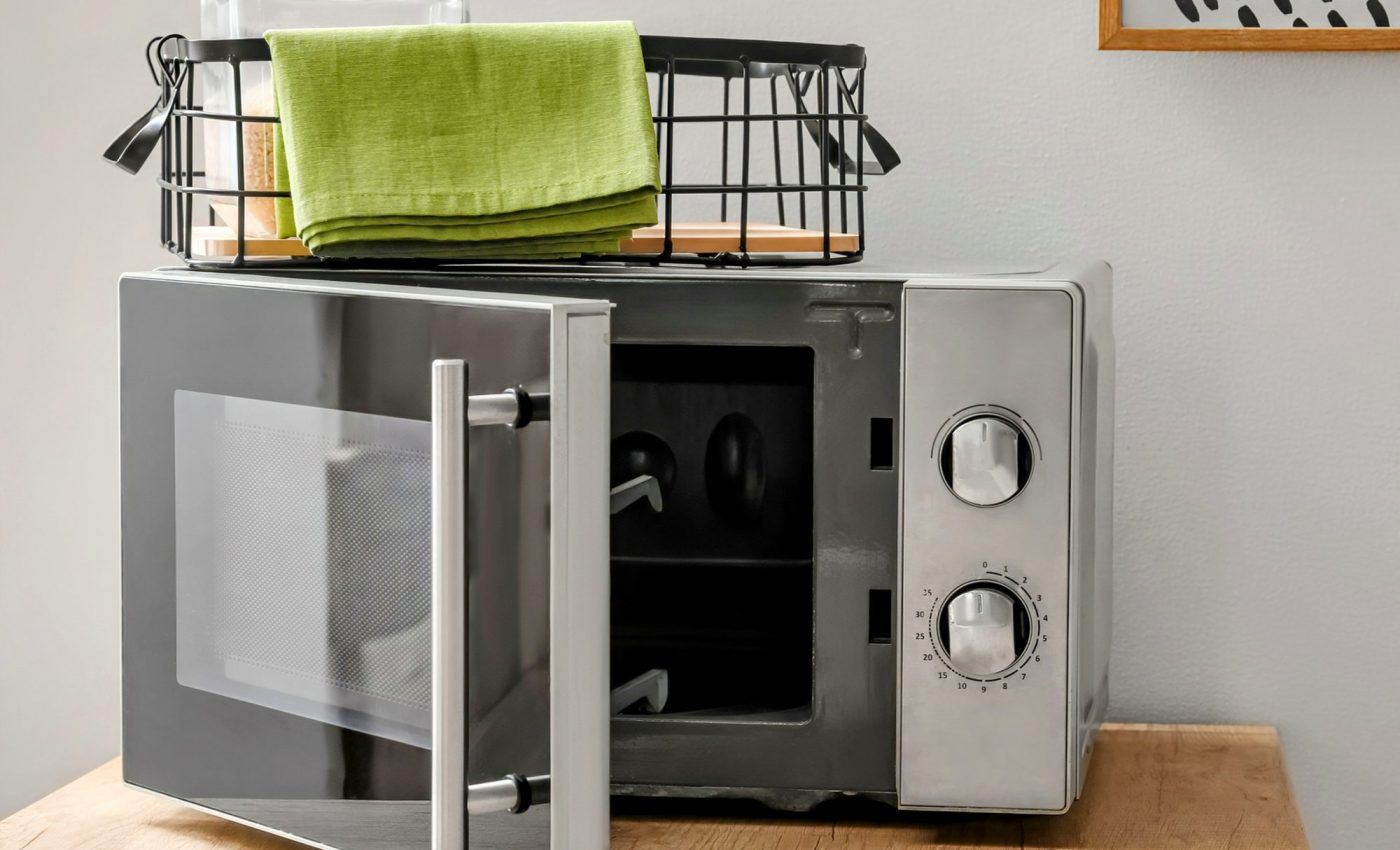
Microbes have become immune to radiation and live in microwaves
In the grand scheme of life’s relentless pursuit, microbes have proven themselves to be among the most adaptable organisms on Earth.
Since the Industrial Revolution, these resilient microorganisms have colonized novel habitats, from marine oil spills and floating plastics in the oceans to industrial brownfields and even the interior of the International Space Station.
Now, another unexpected habitat has been uncovered: our very own microwave ovens. This discovery, reported for the first time by researchers from Spain, not only raises questions about hygiene but also hints at potential biotechnological applications.
Microwaves: The new frontier for microbes
Scientists have unearthed a specialized community of highly adapted, radiation-resistant microbes dwelling in microwaves.
“Our results reveal that domestic microwaves have a more ‘anthropized’ microbiome, similar to kitchen surfaces, while laboratory microwaves harbor bacteria that are more resistant to radiation,” said study co-author Daniel Torrent, a researcher at Darwin Bioprospecting Excellence SL in Paterna, Spain.
Torrent and his team embarked on an expedition to sample microbial life inside 30 microwaves: 10 from single-household kitchens, another 10 from shared domestic spaces such as corporate centers, scientific institutes, and cafeterias, and 10 from molecular biology and microbiology laboratories.
The aim was to determine if these microbial communities are influenced by food interactions and user habits.
To inventory the microbial diversity, the experts used next-generation sequencing alongside the cultivation of 101 strains on five different media.
A biodiverse microwave microbiome
The researchers discovered a total of 747 distinct genera within 25 bacterial phyla. The most frequently encountered phyla were Firmicutes, Actinobacteria, and particularly Proteobacteria.
Interestingly, the composition of the microbial community showed partial overlap between shared and single-household domestic microwaves, while laboratory microwaves housed a distinctly different set of species. The diversity was lowest in single-household microwaves and highest in laboratory ones.
“Some species of genera found in domestic microwaves, such as Klebsiella, Enterococcus, and Aeromonas, may pose a risk to human health. However, it is important to note that the microbial population found in microwaves does not present a unique or increased risk compared to other common kitchen surfaces,” noted Torrent.
The evolution of household ecosystems
Microbes are not just passive residents in our homes; they actively shape and change the ecosystems within our living spaces.
In the context of microwaves, the discovery of resilient microbial communities prompts a deeper examination of how household ecosystems are influenced by our daily habits.
These microbes interact with food residues, surfaces, and even the electromagnetic environment within microwaves. Understanding these interactions could offer valuable insights into the factors that drive microbial diversity in our homes.
Insights from extreme environments
Interestingly, the researchers found parallels between the microbial communities in microwaves and those found in industrial environments, such as solar panels.
The constant thermal shock, electromagnetic radiation, and desiccation in these highly irradiated environments appear to have repeatedly selected for highly resistant microbes, much like those found in microwaves.
The exclusive presence of Nonomuraea bacteria in laboratory microwaves, alongside other genera like Delftia, Micrococcus, and Deinocococcus, highlights the resilience and adaptability of these organisms.
The future of microwave microbiology
As we uncover the hidden microbial communities within our microwaves, the discoveries open up exciting opportunities for future research and biotechnological innovations.
Understanding how these microbes thrive in such extreme conditions could pave the way for new applications in various fields, including waste management, bioremediation, and even food safety.
“For both the general public and laboratory personnel, we recommend regularly disinfecting microwaves with a diluted bleach solution or a commercially available disinfectant spray,” said Torrent.
“It’s also important to wipe down the interior surfaces with a damp cloth after each use to remove any residue and clean up spills immediately to prevent the growth of bacteria.”
Our microwaves, once considered mere kitchen tools, are now revealing themselves to be a source of inspiration for sustainable and innovative solutions that could benefit both people and the planet.
Embracing this microbial diversity not only enhances our understanding of life’s adaptability but also encourages a more harmonious relationship with the microscopic residents that share our spaces.
The study is published in the journal Frontiers in Microbiology.
—–
Like what you read? Subscribe to our newsletter for engaging articles, exclusive content, and the latest updates.
Check us out on EarthSnap, a free app brought to you by Eric Ralls and Earth.com.
—–













